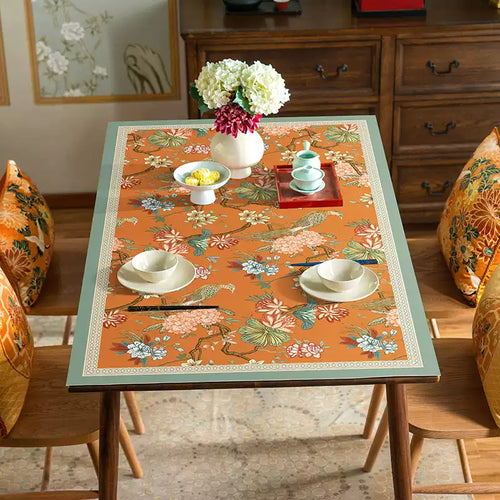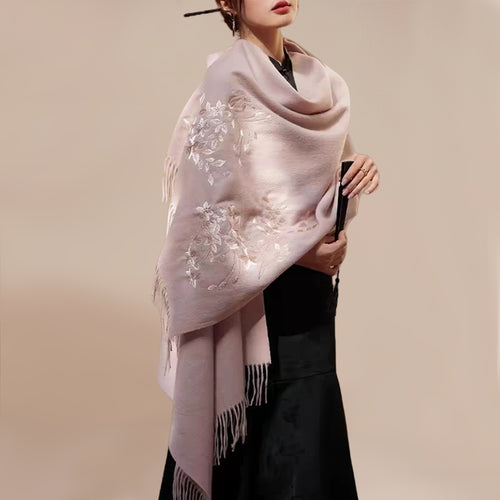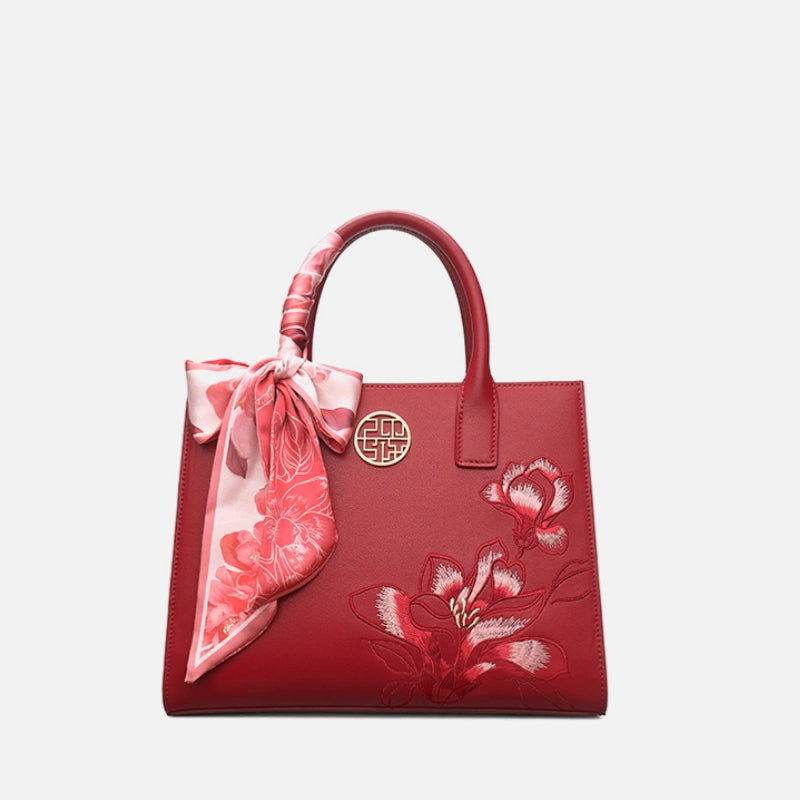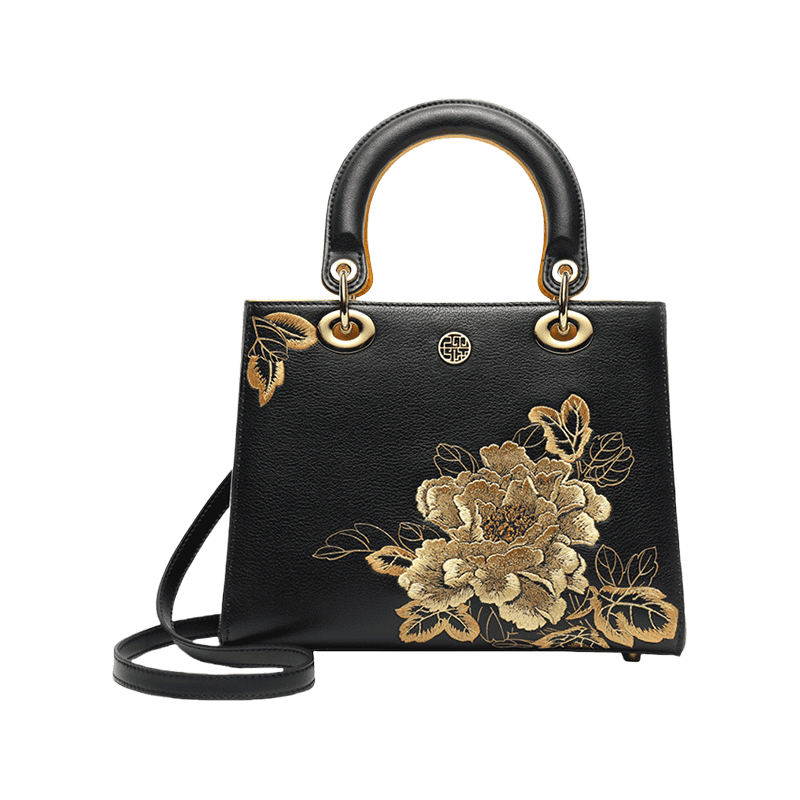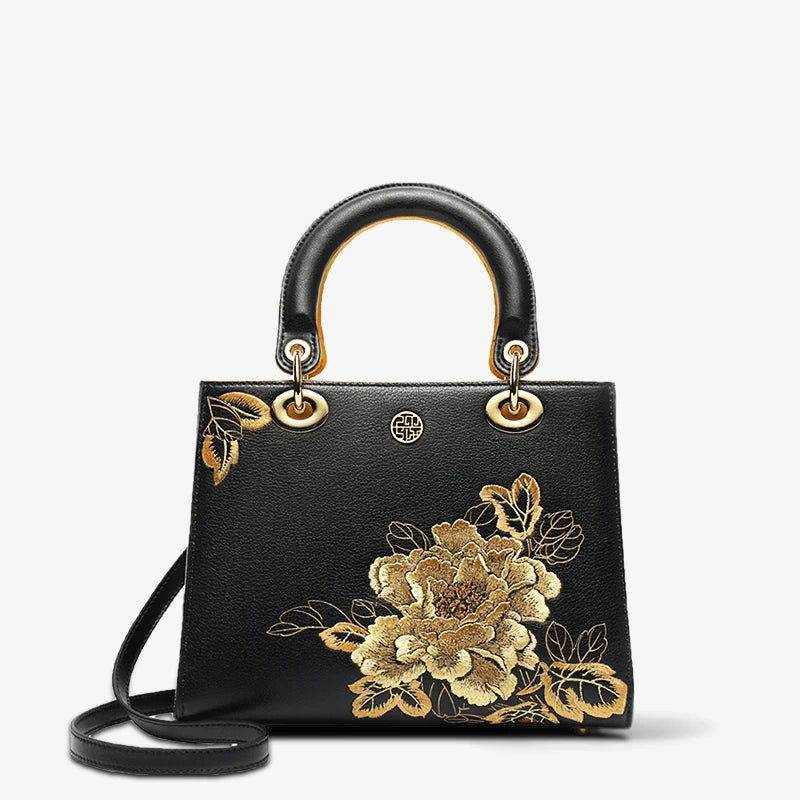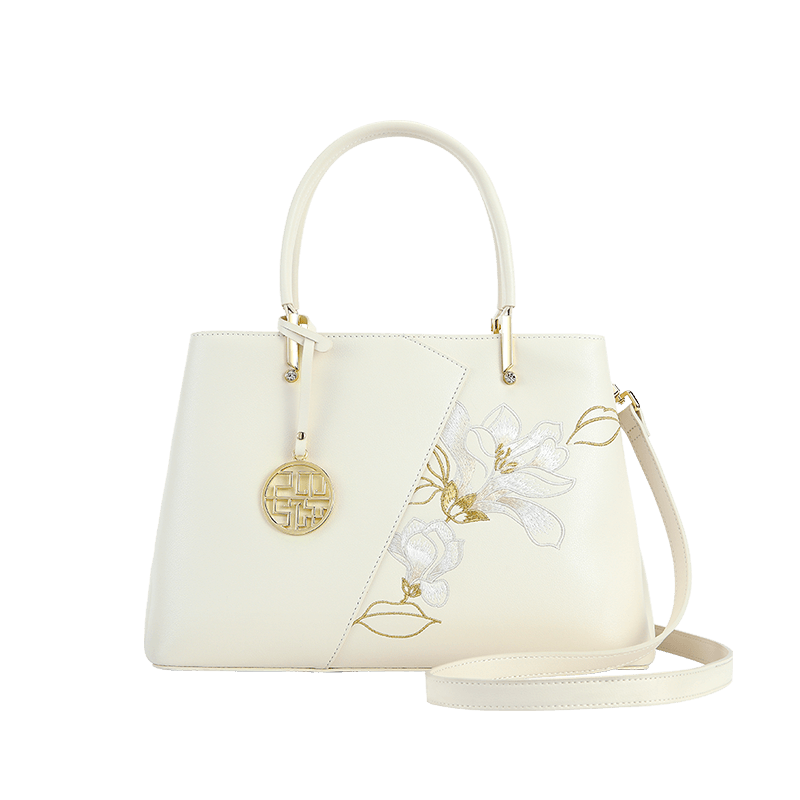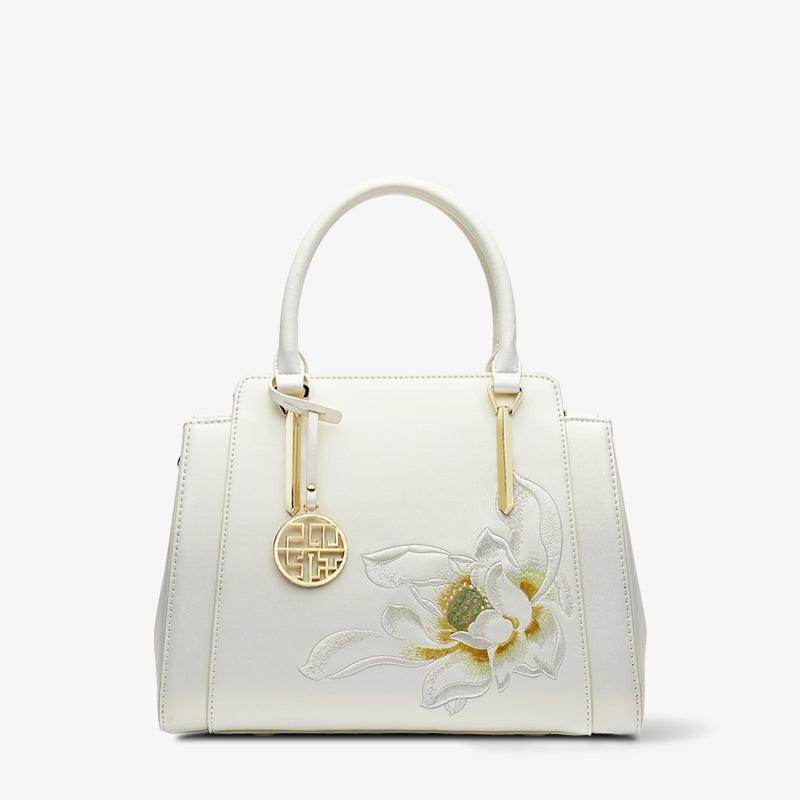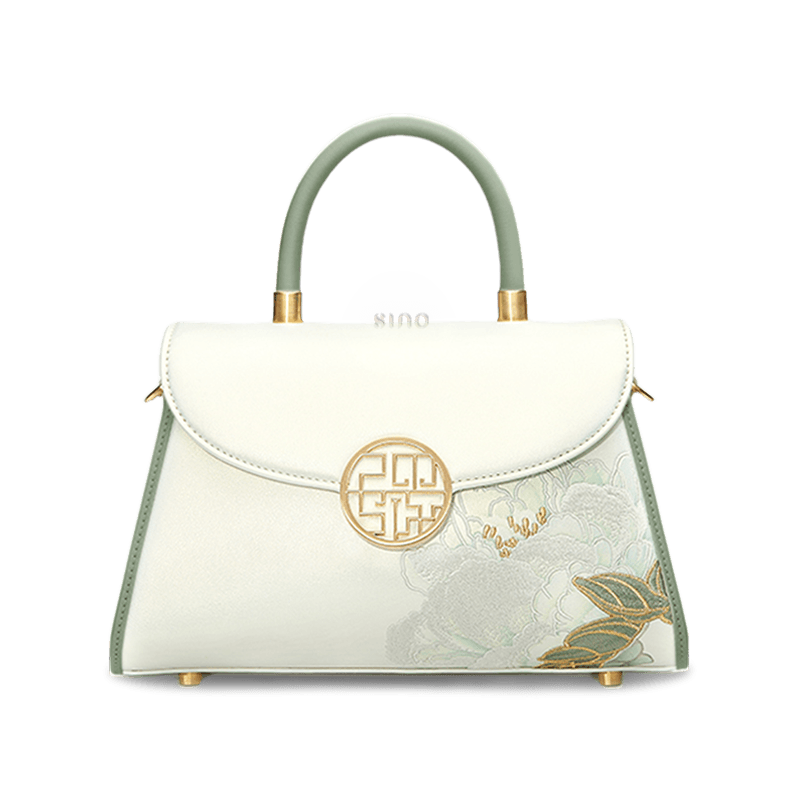Lingnan refers to the region south of the Five Ridges in southern China. Historically, Lingnan was known as the "Land of the Southern Barbarians." From a literal perspective, Lingnan was an economically underdeveloped region during this period.

However, with the establishment of the Qin Dynasty's unified feudal state, advanced Central Plains civilization spread to Lingnan, gradually developing the area. Today, we introduce Yue embroidery, a brilliant gem in Lingnan culture.
Yue embroidery (Cantonese embroidery) encompasses Guangzhou embroidery (Guangxiu) and Chaozhou embroidery (Chaoxiu), collectively known as Yue embroidery. Alongside Suzhou embroidery, Hunan embroidery, and Sichuan embroidery, it is one of China's Four Great Embroideries, holding an unparalleled position in the history of Chinese embroidery.
Yue embroidery has a unique title: "The Fading Beauty." Once famous worldwide, Yue embroidery has gradually declined in modern times, even ceasing production at one point. Despite its breathtaking beauty, it remains somewhat regretful.

The Development of Yue Embroidery
Yue embroidery originated in the Tang Dynasty as a result of Central Plains culture flowing into Lingnan. Under the guidance of Central Plains residents, Guangdong Province's embroidery skills were already highly advanced during the Tang Dynasty.
According to the Tang Dynasty's "Duyang Miscellany," in the Yongzhen year, a woman named Lu Meinang from Nanhai County, Guangdong, embroidered seven volumes of the "Lotus Sutra" on a piece of satin about one foot long.
Research indicates that Su E's "Duyang Miscellany" in the Tang Dynasty first described the exquisite craftsmanship of Guangxiu: "In the Yongzhen year, Nanhai presented a miraculous girl named Meinang, aged fourteen, who was unparalleled in skill. She could embroider seven volumes of the 'Lotus Sutra' on one foot of silk, with characters no larger than millet grains, yet clear and distinct, as fine as hair. Her pieces depicted celestial beings, made by dividing a silk thread into three strands and dyeing them into five colors."
Since then, Yue embroidery has gained worldwide fame, even becoming a royal tribute.

During Emperor Xuanzong's reign, the governor of Lingnan once presented exquisite Yue embroidery to Yang Guifei, earning himself a promotion. This demonstrates the Tang Dynasty rulers' love for Yue embroidery.
In the Ming and Qing Dynasties, the Maritime Silk Road and foreign trade flourished. As Guangdong was coastal, Yue embroidery became an export commodity, significantly increasing production. Stimulated by foreign trade, embroidery techniques greatly improved, making Yue embroidery even more exquisite.
Due to its unique style, Yue embroidery was well-received overseas and was even called "China's gift to the West."

In the 18th century, Yue embroidery was popular among the British royal family and the upper class. This is recorded in the "Cun Su Tang Embroidery Collection." During the Qing Dynasty, Yue embroidery developed rapidly, becoming a well-known specialty of Guangdong Province.
In 1901, Yue embroidery pieces like "Peacock and Peony," "Su Wu Herding Sheep," and "Phoenix Greeting the Sun" won awards at the Nanyang Industrial Exposition in Nanjing, receiving high praise.

The Challenges Facing Yue Embroidery
Although Yue embroidery has been listed as a national intangible cultural heritage, very few young people are willing to learn it today, facing a lack of successors.
This ancient craft is on the verge of being lost, which is why Yue embroidery is called "the fading beauty."

We hope more people will pay attention to Yue embroidery, and we are grateful to the master embroiderers who have remained dedicated to their craft. We sincerely hope that more people will understand this traditional craft and promote and inherit Chinese traditional culture.





